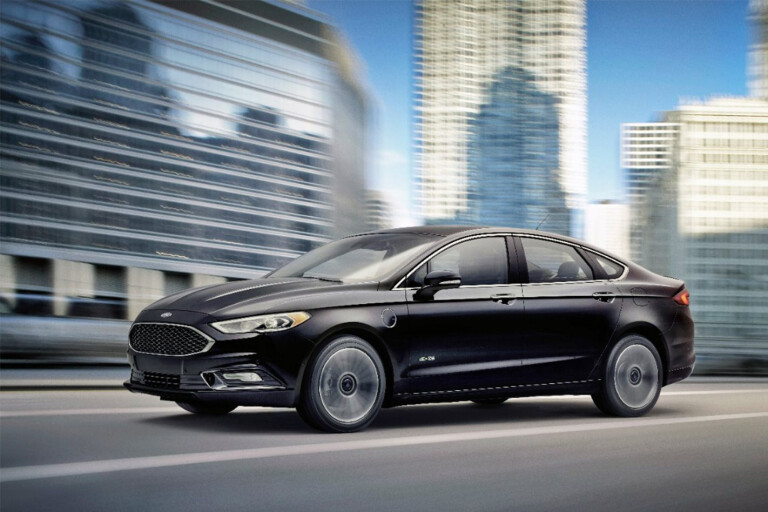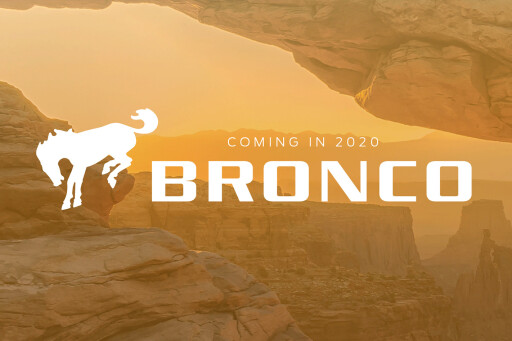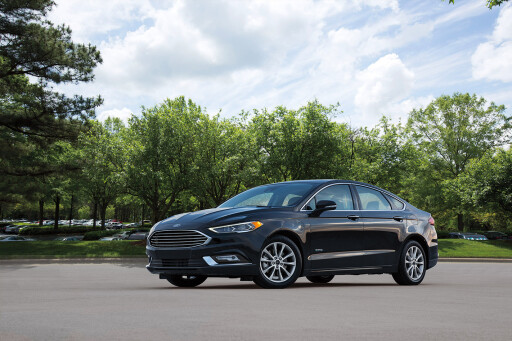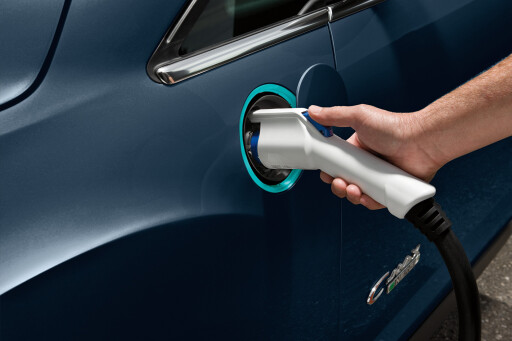
IS FORD starting to give up on traditional passenger cars? The US car maker has overnight revealed plans to divert billions of dollars of investment away from cars, and instead spend it on SUVs and trucks.
The company’s investor briefing said it would start “allocating capital where Ford can win the future”.
“This starts with the company reallocating $US7 billion ($A8.9 billion) of capital from cars to SUVs and trucks, including the Ford Ranger and EcoSport in North America and the all-new Bronco globally,” it said.

“Ford also has plans to build the next-generation Focus for North America in China, saving capital investment and ongoing costs,” it said.
“Further, Ford is reducing internal combustion engine capital expenditures by one-third and redeploying that capital into electrification – on top of the previously announced $4.5 billion investment.”
So more trucks such as the Ford Ranger, potentially a Bronco (nee Everest) for Australia from 2020, the possibility of a Chinese-made Focus, and a very uncertain future for the Fiesta here, despite an all-new model launching in left-hand drive form overseas.
Ford Australia was asked for comment.

Whatever Ford’s future, expect less choice in the showroom. One of the slides highlighting Ford’s strategy was a big reduction in the number of “orderable combinations” in future vehicles: For the Focus, the number will fall from 360 today to 26 in the future, for the Escape 2302 to just 228, the Mondeo (sold in the US as the Fusion) 35,000 to 96, and the Explorer – not yet confirmed for Australia – from 1168 to just 672.
The car maker said it would introduce three other vehicles to its SUV and truck lines, including a battery-powered SUV. However, it also flagged the potential to retire some of its badges, saying fewer nameplates in the showroom would help it reduce costs.
The sweeping changes include a renewed focus on electric vehicles, with research and development budget being pulled from money previously set aside for internal combustion engines being tipped into electrons. As part of this strategy, Ford said it would be “moving people and goods”, suggesting it would also move its fleet of commercial vehicles across to the new platform.

Demands on Australia’s You Yangs and Broadmeadows-based research and development arm – one of the remaining functions here after last October’s manufacturing shutdown – could also be impacted, with the car maker saying it wanted to crunch new vehicle development timelines by an extra 20 percent.
As well, “top hat” time to market, the time it takes Ford to fit an old vehicle platform with a new skin, is expected to fall by 20 percent, meaning faster turnarounds. These engineering tweaks are expected to save the car maker $4 billion by 2022.

COMMENTS